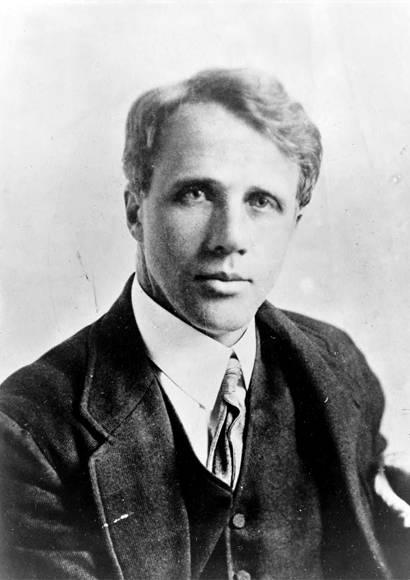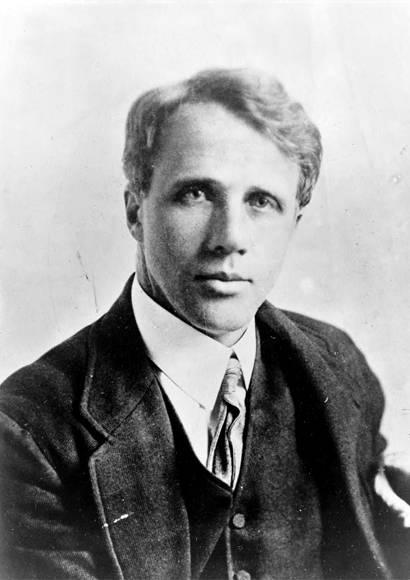For your education, enjoyment, and (perhaps) excitement, this is a list of the greatest poems originally written in the English language. It is presented from least greatest (No. 10) to greatest greatest (No. 1), and each poem is followed by a brief analysis.
The poems in the list were selected by the Society of Classical Poets to inspire and educate new poets, but they can also inspire and educate all people with their timeless wisdom and universal themes.
Many good poems and poets had to be left out of this list because of the list’s necessary shortness (a mere 10 among many thousands) as well as the Society’s emphasis on classical poetry.
What is classical poetry? It means poems that follow perennial forms, like meter and rhyme, and that are infused with a classical flavor—that is, with humanity’s quintessential quest for virtue over vice, epic over ephemeral, and beauty over baseness.
Additionally, I note that long poems, such as epics and plays, and excerpts of such works have not been considered for this list.
10. ‘The Road Not Taken’
By Robert Frost (1874–1963)
Two roads diverged in a yellow wood,
And sorry I could not travel both
And be one traveler, long I stood
And looked down one as far as I could
To where it bent in the undergrowth;
Then took the other, as just as fair,
And having perhaps the better claim,
Because it was grassy and wanted wear;
Though as for that the passing there
Had worn them really about the same,
And both that morning equally lay
In leaves no step had trodden black.
Oh, I kept the first for another day!
Yet knowing how way leads on to way,
I doubted if I should ever come back.
I shall be telling this with a sigh
Somewhere ages and ages hence:
Two roads diverged in a wood, and I—
I took the one less traveled by,
And that has made all the difference.
Analysis of the Poem
This poem deals with that big, noble question: how to make a difference in the world. On first reading, we learn that the choice one makes really does matter: “I took the one less traveled by, / And that has made all the difference.”
A closer reading reveals that the lonely choice made earlier by our traveling narrator maybe wasn’t all that significant since both roads were pretty much the same anyway (“Had worn them really about the same”), and it is only in the remembering and retelling that it made a difference.
We are left to ponder if the narrator had instead traveled down “the road not taken,” might it have also made a difference as well.
In a sense, “The Road Not Taken” tears apart the traditional view of individualism, which hinges on the importance of choice, as in the case of democracy in general (choosing a candidate), as well as various constitutional freedoms: choice of religion, choice of words (freedom of speech), choice of group (freedom of assembly), and choice of source of information (freedom of press).
For example, we might imagine a young man choosing between being a carpenter or a banker later seeing great significance in his choice to be a banker, but in fact there was not much in his original decision at all other than a passing fancy.
In this, we see the universality of human beings: the roads leading to carpenter and banker being basically the same, and the carpenter and banker at the end of them—seeming like individuals who made significant choices—really being just part of the collective of the human race.
Then is this poem not about the question of how to make a difference in the world, after all? No. It is still about this question.
The ending is the clearest and most striking part. If nothing else, readers are left with the impression that our narrator, who commands beautiful verse, profound imagery, and time itself (“ages and ages hence”), puts value on striving to make a difference.
The striving is reconstituted and complicated here in reflection, but our hero wants to make a difference, and so should we. That is why this is a great poem, from a basic or close-reading perspective.







